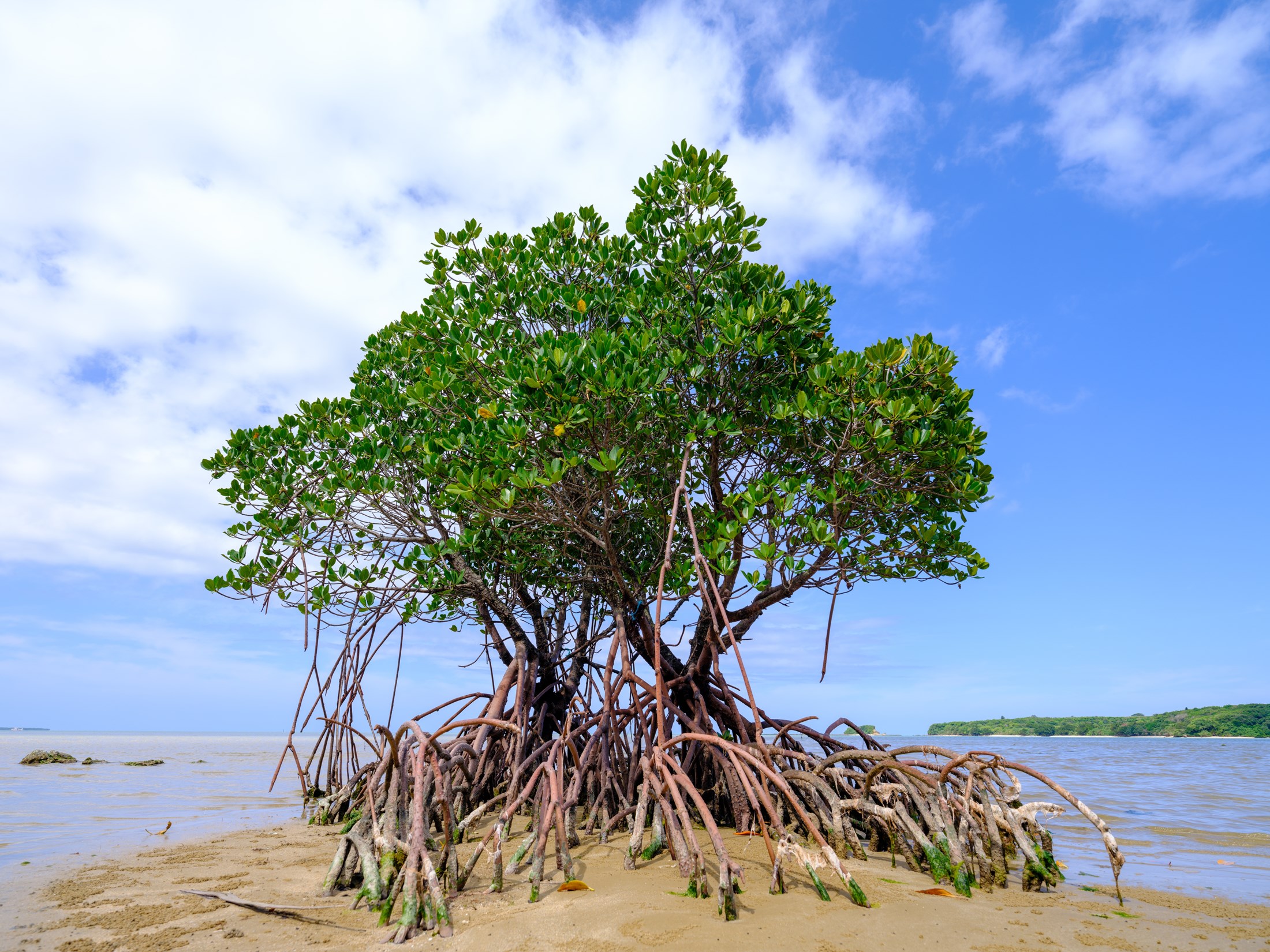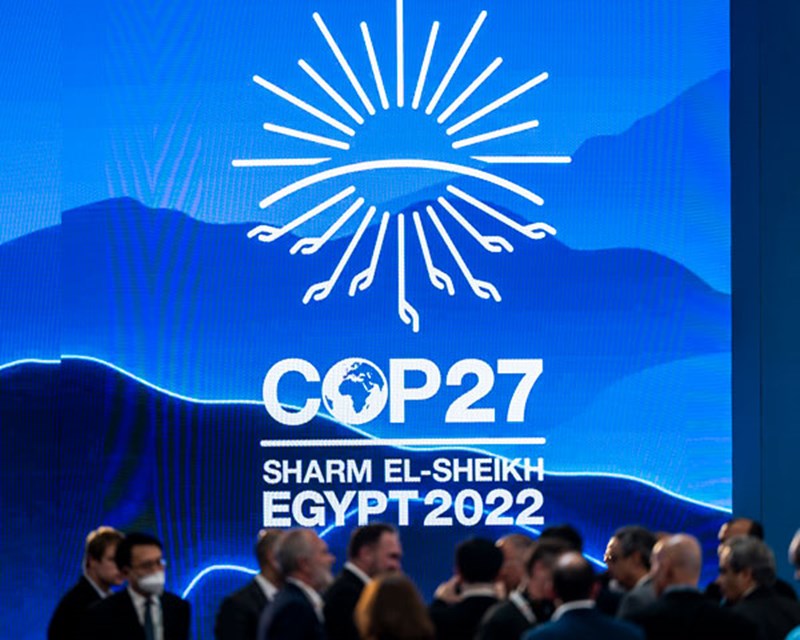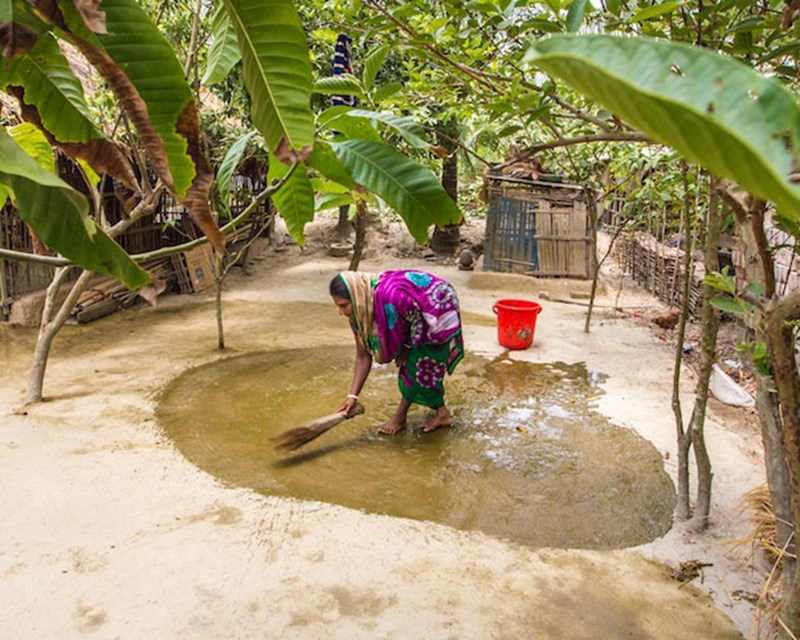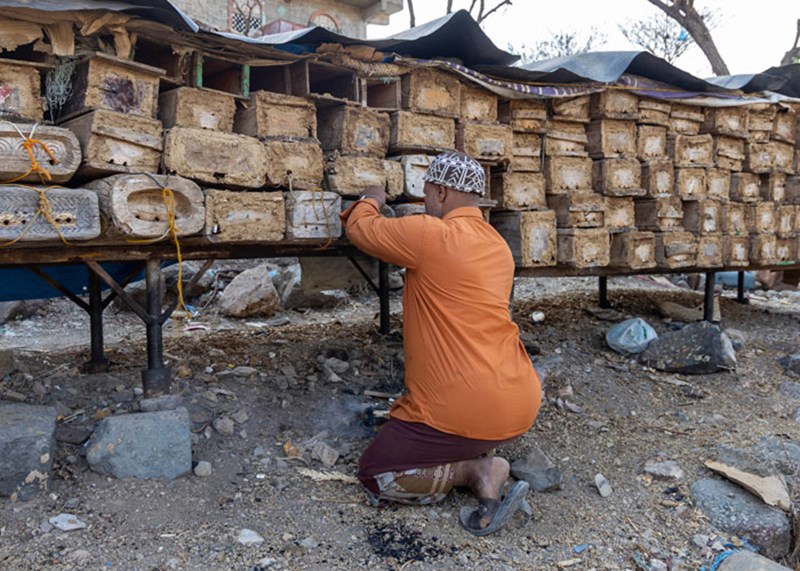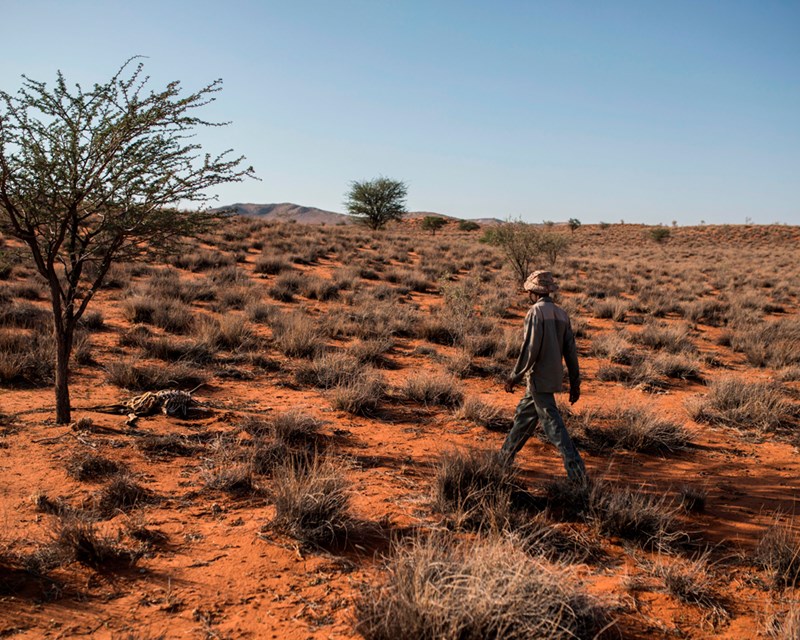Ten mangrove trees will be planted for every attendee at this year's COP28 conference as part of the UAE’s wide-ranging commitments to nature-based methods for reducing carbon levels in the atmosphere.
With some 80,000 people expected in the UAE for the UN conference meeting, which begins on November 30, the Environment Agency Abu Dhabi (EAD) has committed to reducing the carbon footprint of conference visitors by planting 800,000 mangrove trees as part of its Ghars Al Emarat UAE Planting Initiative.
The trees will be planted in the Gulf state’s coastal areas, including Marawah Marine Biosphere Reserve, Al Mirfa City, and Jubail Island. Abu Dhabi already hosts 85 per cent of the UAE’s mangroves.
“This initiative aims to support Goal 13 of the United Nations Sustainable Development Goals related to 'climate action', which calls for urgent measures to be taken to address climate change and its impacts," announced EAD’s secretary general Shaikha Salem Al Dhaheri.
It is part of the UAE’s ‘green lungs’ focus with the country aiming to plant 100 million mangroves by 2030. The Ghars Al Emarat pledge was announced in September, the same month that the UAE endorsed the global Mangrove Breakthrough initiative at the Climate Ambition Summit in New York.
Launched at COP27 in Egypt, the Mangrove Breakthrough is a collaboration between the Global Mangrove Alliance (GMA) and the UN Climate High-Level Champions. The UAE joins a growing list of governments, businesses, and non-profit organisations calling for global investment to secure the future of over 15 million hectares of mangroves by 2030.
"We recognise the paramount importance of mangroves in combating climate change and supporting our coastal communities and we look forward to helping drive real on-the-ground change,” said Minister of Climate Change and Environment, Mariam Al Mheiri, following the official endorsement. “I invite nations around the globe to support this unique initiative.”

